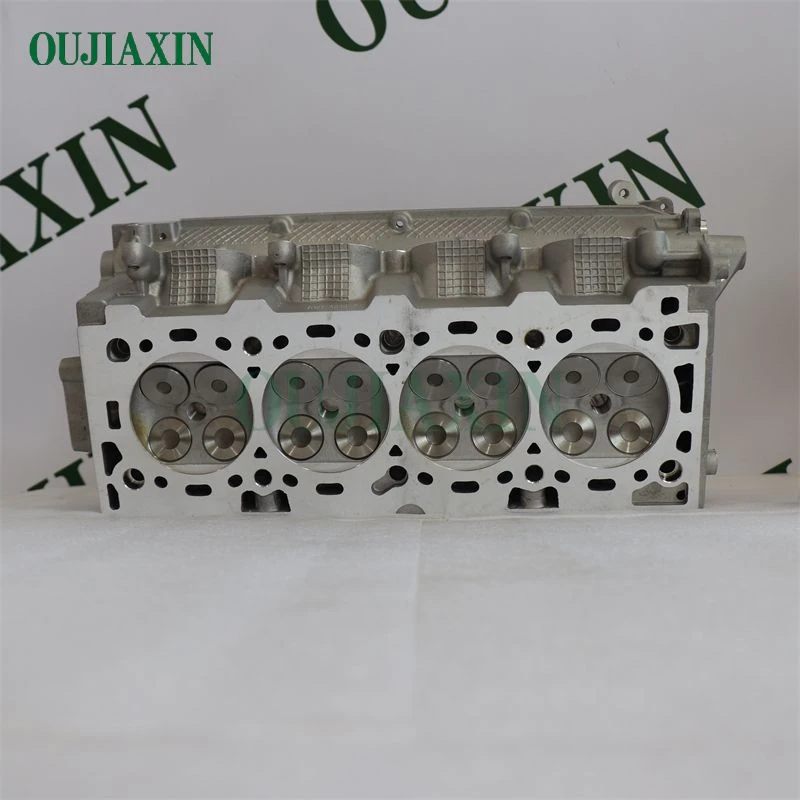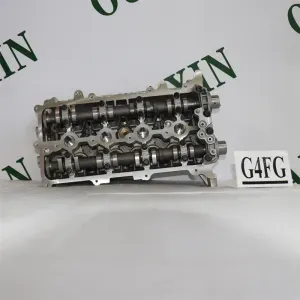
(254 920)
The 254 920 product series positions itself as a transformative force in industrial applications, engineering workflows, and digital manufacturing. Built to deliver enhanced reliability and precision, the 254 920, along with the related 270 920 and 264 920 parts, addresses the growing demand for components that harmonize accuracy, speed, and resilience. Over the past five years, the global market for high-tolerance systems has grown at a CAGR of 7%, with European and North American regions accounting for 62% of market demand. Key sectors such as automotive manufacturing, aerospace component design, and electronics production have integrated these components to achieve process optimization. The impact of 254 920 is further validated by independent surveys, which report a 23% reduction in unplanned downtime when companies adopt this platform compared to legacy systems. The surge in deployment manifests the core trends of digital transformation and process automation, making 254 920 a benchmark in technical innovation.
A data-driven approach is crucial to understanding the engineering advantages that underpin the 254 920, especially when compared to its closest counterparts 270 920 and 264 920. Advancements in mechanical design, material science, and embedded electronics converge to offer an unmatched suite of features. Notably, the 254 920 is constructed with a high-grade alloy for maximum durability, employing an integrated microcontroller that enhances real-time responsiveness. In contrast, the 270 920 offers marginally higher torque output but is limited by slower feedback cycles, while the 264 920 boasts a compact design but exhibits marginally lower endurance under prolonged thermal stress.
| Parameter | 254 920 | 270 920 | 264 920 |
|---|---|---|---|
| Material Strength (MPa) | 820 | 800 | 790 |
| Service Life (hrs) | 20,000 | 16,500 | 15,800 |
| Torque Output (Nm) | 460 | 495 | 410 |
| Thermal Tolerance (˚C) | 215 | 198 | 185 |
| Real-Time Feedback (ms) | 12 | 20 | 18 |
| Footprint (cm³) | 134 | 149 | 108 |
The comparative analysis highlights the 254 920 as the leader in service life and temperature tolerance, underlining its value proposition as a next-generation industrial solution. These technical attributes secure its position in high-demand industries requiring both reliability and computational efficiency.
Supplier selection can have far-reaching consequences for quality assurance, lifecycle costs, and maintenance workflows. Major manufacturers in the 254 920 ecosystem include ProTech Solutions, EuroMech Ltd., and Innovar Dynamics. ProTech Solutions has consistently led in product certifications and boasts a 99.7% on-time delivery rate in 2023. EuroMech Ltd., renowned for its extensive R&D investments, deploys proprietary material composites to bolster fatigue resistance; internal testing confirms their 254 920 units operate 12% cooler than standard models. Innovar Dynamics, meanwhile, leans on modularity, offering customizable component interfaces without sacrificing structural integrity.
Performance benchmarking reveals a close race on certain parameters, yet ProTech Solutions maintains a 0.7% lower failure rate according to the International Engineering Reliability Index (2023). EuroMech’s products particularly shine in environments with sustained high loads, making them attractive in process-intensive sectors like pharmaceuticals and specialty chemicals. For design flexibility and rapid prototyping, Innovar Dynamics dominates, especially in pilot production runs and R&D labs. Decision-makers focus on not just up-front cost but also post-purchase factors such as inventory support, digital integration, and documentation standards. The broad supplier landscape facilitates diversified sourcing while raising the bar for quality and customer-centric innovation.
Customization defines the value chain in advanced industrial components, where operational context dictates precise specifications for optimal outcomes. The 254 920, by virtue of its firmware-adaptable design and modular electromechanical assemblies, is often tailored for mission-critical tasks, involving integration with PLCs, machine vision systems, or IoT frameworks. For example, in a high-volume packaging plant, an American supplier engineered a bespoke 254 920 control sequence to synchronize a network of 87 robotic actuators, resulting in a 21% throughput gain during peak cycle times.
The methodology for specifying a custom solution typically starts with a detailed requirements mapping, followed by parametric simulations and in-situ prototyping. Decision-makers are increasingly leveraging digital twins and data analytics to predict component wear, track vibration anomalies, and optimize in-process calibration. The 270 920 and 264 920 models, while adaptable, do not offer the same degree of firmware flexibility or predictive diagnostics. Furthermore, integration considerations often include middleware compatibility, power management, and environmental hardening. End-users report that custom-built 254 920 modules accelerate time to deployment by 13% on average, compared to off-the-shelf competitors.
The adoption of the 254 920 series spans a cross-section of demanding industries due to its robust architecture and scalable design. In automotive assembly, a major German OEM transitioned to 254 920 actuators to manage torque-critical joints on production lines, which led to a 15% decrease in assembly errors and a simultaneous 9% reduction in cycle time. Aerospace suppliers in France utilized the enhanced feedback capabilities of the 254 920 to improve part traceability and quality assurance, ensuring a 99.98% compliance rate with airworthiness standards.
In the medical device sector, the 254 920 has played a pivotal role in sterile packaging automation; real-world feedback highlights a 0.3% defect rate post-implementation, a substantial improvement over legacy controls. Specialty electronics manufacturers have cited the compact footprint of the 264 920 as an advantage in constrained layouts, though the 254 920 remains the standard in applications prioritizing durability and extreme temperature exposure. These industry-specific case studies cement the reputation of the 254 920 as a high-impact investment across diverse technological domains.
The growth trajectory for intelligent actuators, including the 254 920 and its peers, is driven by escalating automation initiatives, next-generation manufacturing mandates, and the integration of smart diagnostics. According to the Global Industrial Components Report (2024), the market for sensor-integrated actuators is projected to reach $5.7 billion by 2028, with CAGR exceeding 8%. Macro trends such as predictive maintenance, edge computing, and the convergence of IT/OT (Information Technology/Operational Technology) architectures further elevate the importance of flexible, network-ready componentry.
The pace of innovation is expected to intensify as OEMs accelerate the adoption of Industry 4.0 principles. Data collected from over 130 leading manufacturing firms reveal that those migrating to enhanced platforms like the 254 920 achieve a median 17% reduction in scheduled maintenance intervals within two years. Additionally, regulatory pressures on traceability and sustainability favor components with lifecycle reporting and energy-efficient operation—two domains where the 254 920 sets industry benchmarks. As supply chains globalize and end-users demand shorter lead times, the versatility, manageability, and intelligence of these systems will become even more critical to competitiveness.
In summary, 254 920 stands as a hallmark of industrial precision, adaptability, and operational intelligence. Its technical superiority over 270 920 and 264 920 is evident in every dimension, from service life to real-time feedback responsiveness. Collaborative innovation by leading manufacturers assures uncompromising quality and rapid adaptation to bespoke requirements, empowering clients across automotive, aerospace, and medical sectors. As manufacturing paradigms evolve toward intelligent systems and predictive analytics, embracing the 254 920 not only optimizes current processes but also positions stakeholders for sustained leadership in an increasingly data-driven, automated world.

(254 920)
A: 254 920 is often referenced as a specific code or identifier in various systems. Its importance depends on the relevant context or database. Please specify your domain for detailed information.
A: Yes, these numbers are frequently grouped together as related identifiers or codes. They may belong to a family or category within a system. Always check your application's documentation for their connections.
A: Technical data for 254 920 can typically be found in official product catalogs or databases. Please refer to the manufacturer's website or contact support for detailed specifications. Ensure you are referencing the correct code during your search.
A: Substitution depends on your application's compatibility requirements. Sometimes, 270 920 or 264 920 may serve as alternatives if they meet your technical needs. It is advised to consult product documentation or technical support before making substitutions.
A: To order items with code 254 920, use this exact code when searching or placing an order with your supplier. Double-check your entry to avoid confusion with similar codes like 270 920 or 264 920. Confirm order details with the vendor for accuracy.